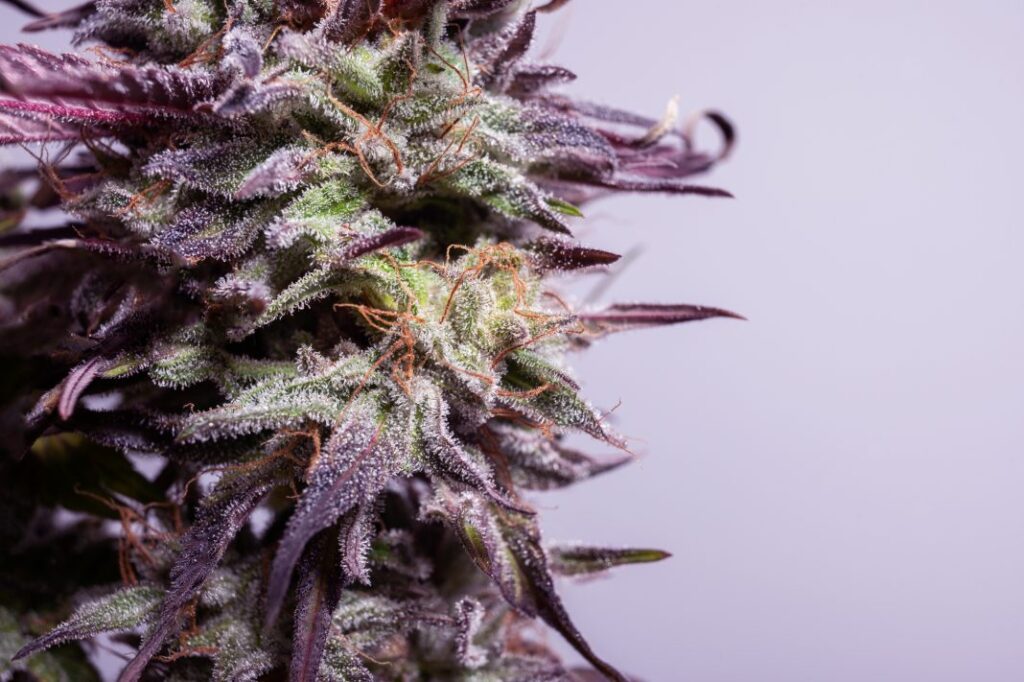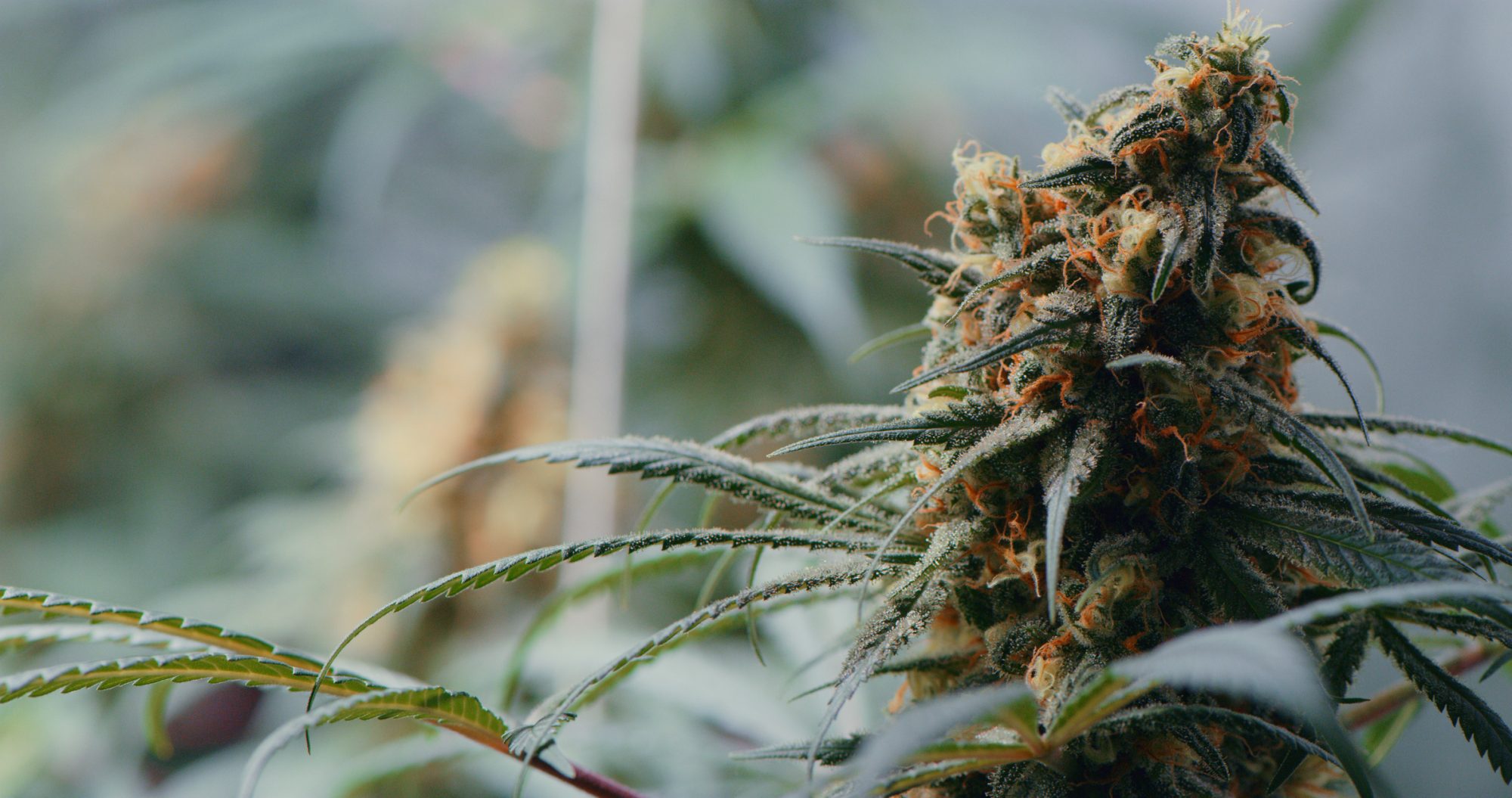Mary Cannon, Professor of Psychiatric Epidemiology and Youth Mental Health at RCSI University of Medicine and Health Sciences investigates the effects of using cannabis on young people’s mental health

Cannabis is the most widely used drug among young people globally. The average age of initiation of cannabis use is mid-teens, and use tends to fall off later in life. Unfortunately, the peak period of cannabis use coincides with the peak time for brain development which continues up to age 25.
The main adverse effects of using cannabis during adolescence fall under three broad categories: dependence, underachievement, and mental health problems (DUM). Let us deal with each of these in turn.
Cannabis Dependence and Addiction
Cannabis is an addictive substance and the earlier a person starts using the higher the risk of dependence, which is also called Cannabis Use Disorder. It is estimated that at least one in 5 regular users will become dependent. Higher addiction rates (up to 30%) are found among teenage heavy users
Cannabis dependence is now the most common reason for new presentations to adolescent addiction services in many countries. Withdrawal symptoms from cannabis include anxiety, irritability, anger or aggression, disturbed sleep/dreaming, depressed mood, and loss of appetite.
A few risk factors can increase the likelihood of developing cannabis use disorder. One is starting to use cannabis at an early age.
Another is having another psychiatric diagnosis, such as anxiety, depression, post-traumatic stress disorder, or attention deficit hyperactivity disorder. The heavier a person’s use, the more likely they are to develop dependence.
The relationship between using cannabis and underachieving
Cannabis use in adolescence has been shown to affect brain development due to its action on the CB1 receptors that are widespread throughout the brain.
A systematic review has shown that the use of cannabis during adolescence is associated with an IQ decline of approximately 2 points (Power et al., 2021), and continued heavy use is associated with even more significant losses of up to 8 IQ points (Maier et al., 2012). These changes may be irreversible.
Cannabis use in youth is associated with slower thinking and difficulty concentrating, affecting school performance. Young cannabis users fall behind their non-using peers by as much as three years of schooling. These effects of using cannabis are shown even in young people who are not yet dependent on the drug (Sultan et al., 2023). Cannabis use in youth is also associated with delinquent behaviors such as truancy, aggression, arrests, and fighting (Sultan et al., 2023).
Such behaviors occurring at a crucial time of social and educational development will affect the young person’s chance of graduating from school or college and establishing themselves in a career. Chronic cannabis use can be even more detrimental to a young person’s life outcomes than chronic alcohol use (Cerda et al 2016).
Studies that have followed young people over many years show that cannabis use in the teenage years is associated with poorer social and financial outcomes in adulthood than their non –cannabis-using peers (Silins et al, 2014).
Young adulthood is crucial for establishing oneself on a good path in life for success and fulfillment. Opportunities lost at this time may never come again.
The connection between cannabis use and mental health problems
Over the past few decades, there have been numerous rigorous scientific studies showing that cannabis use in young people significantly increases the risk for mental health problems.
A systematic review showed that adolescent cannabis use was associated with a small but significant increased risk for depression and a strongly increased risk for suicidal thoughts and suicide attempts (up to 300% increase). (Gobbi et al., 2019). These increased mental health risks are found even in youth who use cannabis recreationally (Sultan et al, 2023).
Anxiety disorders are increased in youth who use high-potency cannabis (Hines et al., 2020). Psychosis is a serious mental health condition involving a loss of contact with reality characterized by hallucinations and paranoia. It has been shown by numerous well-designed epidemiological studies that cannabis use is associated with a later risk for psychosis (Marconi et al, 2016) by a factor of about three.
This risk is even higher for those that start using in adolescence (Arseneault et al, 2004) and those who have daily use of high-potency cannabis, accounting for up to 50% of schizophrenia cases in some areas

Public health concerns about the effects of using cannabis
Many people are concerned about the increasing rate of mental health problems in young people, but this does not appear to have translated into concern about the mental health harms associated with cannabis in youth.
Although tobacco and alcohol have adverse effects on physical health (such as liver, heart and lungs), the evidence shows that cannabis is harmful to the developing brains of young people and has more severe effects on their life prospects (Cerda et a, 2016).
Another concerning issue is that the strength of the cannabis young people use has increased dramatically over recent years. The cannabis available today is a very different type of substance from that available to the ‘Woodstock’ generation.
The potency of cannabis is measured by the percentage of the component called Tetrahydrocannabinol (THC), which has increased from approximately 3% in 1980 to more than 20% currently.
Cannabis with greater than 10% THC is generally classed as high potency. THC causes the ‘high’ associated with cannabis and is associated with dependence and risk for anxiety, paranoia, and psychosis. The ‘joints’ of the 1970s contained perhaps 1-2% THC and were often shared around in groups so that users inhaled about 1 milligram of THC each.
Likely, today’s users would hardly recognize this substance as ‘weed’. Today a single joint could contain 100 milligrams of THC.
Young people are now being exposed to a much more addictive and harmful substance than their parent’s generation, but at the same time, the percentage of teenagers believing that there is no harm from cannabis has increased from 10% in 2011 to 19.5% in 2015 (Mariani and Williams 2021).
The public messaging has somehow changed regarding the effects of using cannabis and become very rose-tinted and complacent when we should get more alarmed. A public health response is urgently needed to inform youth and their parents, and the wider community, about the risks associated with cannabis use.
References
- Arseneault, L., Cannon, M., Witton, J., et al. (2004). Causal association between cannabis and psychosis: Examination of the evidence. Br J Psychiatry, 184, 110– 117
- Di Forti, M., Quattrone, D., Freeman, T. P., et al. (2019). The contribution of cannabis use to variation in the incidence of psychotic disorder across Europe (EU-GEI): A multicentre casecontrol study. Lancet Psychiatry, 6, 427–436.
- EMCDDA https://www.emcdda.europa.eu/publications/joint-publications/espad-report-2019_en
- Gobbi G, Atkin T, Zytynski T, Wang S, Askari S, Boruff J, et al. Association of Cannabis Use in Adolescence and Risk of Depression, Anxiety, and Suicidality in Young Adulthood: A Systematic Review and Meta- analysisCannabis Use in Adolescence and Risk of Depression, Anxiety, and Suicidality in Young Adulthood.
2019. - Hines LA, Freeman TP, Gage SH, Zammit S, Hickman M, Cannon M, Munafo M, MacLeod J, Heron J. Association of High-Potency Cannabis Use With Mental Health and Substance Use in Adolescence.JAMA Psychiatry. 2020 Oct 1;77(10):1044- 1051.doi10.1001/jamapsychiatry.2020.1035.PMID: 32459328.
- Marconi A, DiForti M, Lewis CM, Murray RM, Vassos E. Meta-analysis of the association between the level of cannabis use and the risk of psychosis. Schizophrenia Bulletin 2016, Sep 42(5): 1262-9
- Meier M, Caspi A, Knodt A eta l. Persistent cannabis users show neuropsychological decline from childhood to midlife. Proc Nat Acad Sci USA 2012:109 (40):E2657-
E2664 - Power E, Sabherwal S, Healy C, O’ Neill A, Cotter D, Cannon M. Intelligence quotient decline following frequent of dependent cannabis use in youth: a systematic review and meta-analysis of longitudinal studies. Psychol Med. 2021 Jan;51(2):194-200. doi: 10.1017/S0033291720005036. Epub 2021 Jan 27.PMID:
33501901 - Sultan RS, Zhang AW, Olfson M, Kwizera MH, Levin FR. (2023) Nondisordered cannabis use among US adolescents. JAMA Network Open 2023:6(5) :e2311294
doi: 10.1001/jamanetworkopen.2023.11294 - Irishpsychiatry.ie, 2019 https://www.irishpsychiatry.ie/external-affairs-policy/public-information/effects-of-cannabis-on-mental-health/cannabis-and-your-mental-health/
- Cerdá M, Moffitt TE, Meier MH,et al . Persistent cannabis dependence and alcohol dependence represent risks for midlife economic and social problems: A longitudinal cohort study. Clin Psychol Sci. 2016 Nov;4(6):1028-1046.
- Silins E, Horwood LJ, Patton GC et al. Young adult sequelae of adolescent cannabis use: an integrative analysis. Lancet Psychiatry 2014; 1:286-93
- Mariani AC, Williams AR. Perceived risk of harm from monthly cannabis use among US adolescents: National Survey on drug Use and Health, 2017. Prev Med Rep. 2021 Jun 2;23:101436. doi: 10.1016/j.pmedr.2021.101436. PMID: 34168952; PMCID: PMC8209744
- Source: https://www.openaccessgovernment.org/article/effects-cannabis-youth-mental-health-drugs-addiction/162694/
